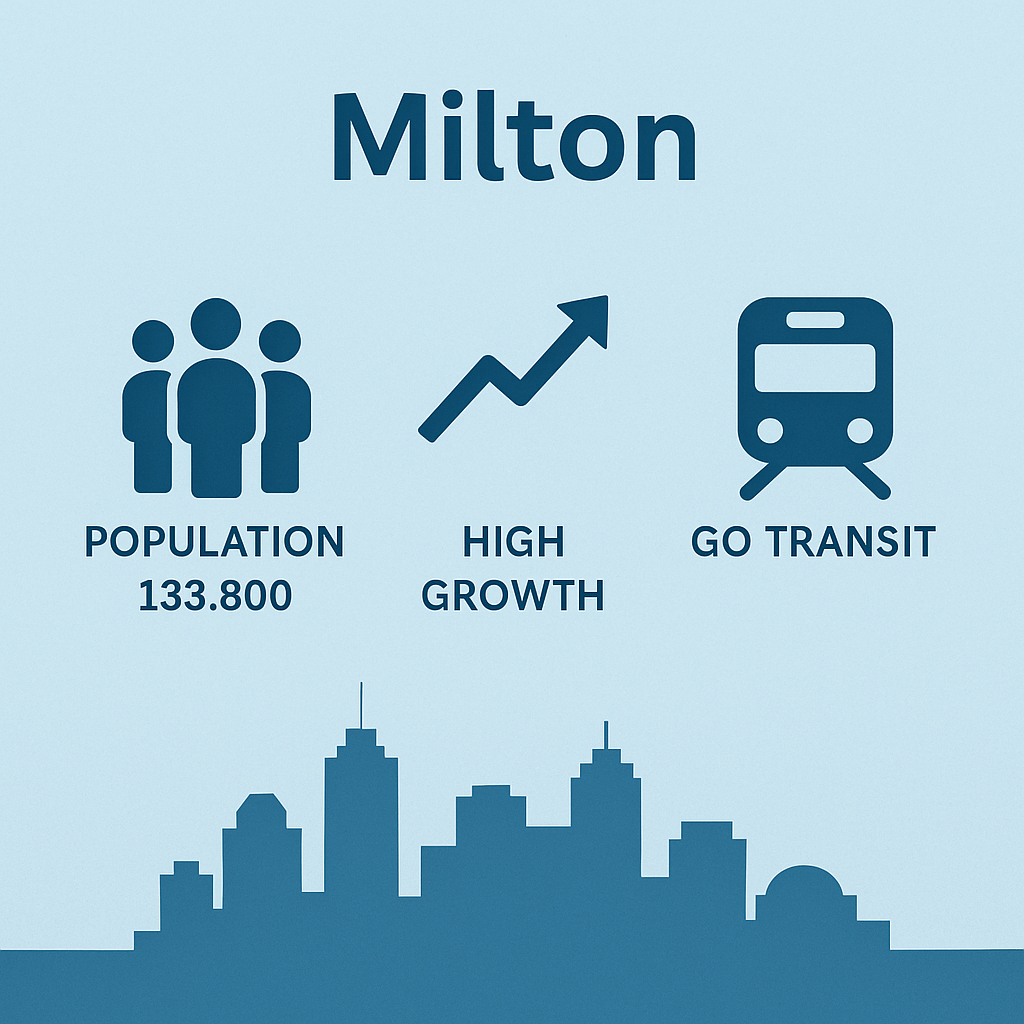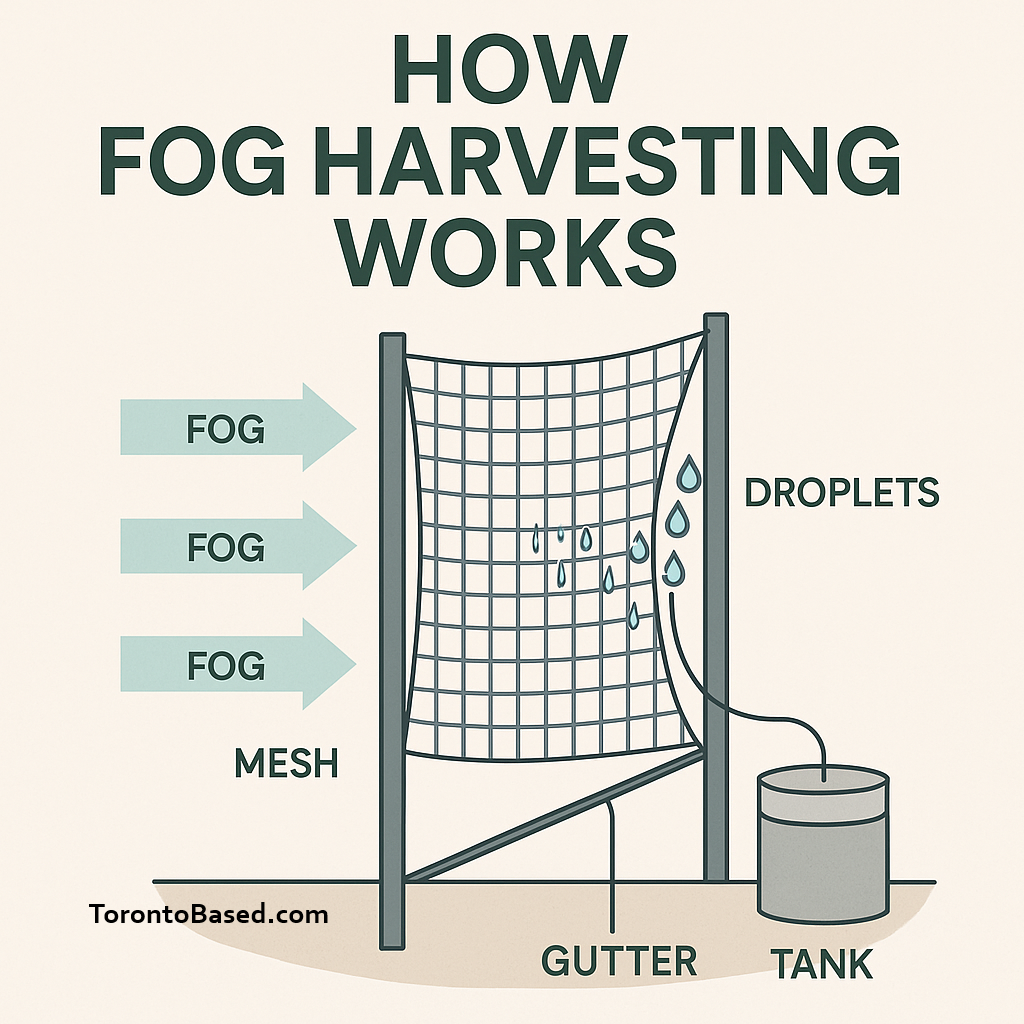Introduction: Toronto’s Market Has Shifted Into True Balance
The Toronto housing market in October 2025 reflects a major structural shift. After years of rapid appreciation and overheated bidding wars, the city has now entered a balanced-to-buyer-leaning market. Higher inventory, slower sales, increased days on market, and rate-sensitive buyers have reshaped the landscape.
According to the Toronto Regional Real Estate Board (TRREB):
6,138 GTA sales in October 2025 (–9.5% YoY)
16,069 new listings (+2.7% YoY)
Average GTA price: $1,054,372 (–7.2% YoY)
SNLR: ~38% (buyer-leaning)
Interest rates are providing some relief. The Bank of Canada lowered the overnight rate to 2.25% on Oct 29, but buyers remain cautious due to economic uncertainty.
Toronto Market Snapshot (October 2025)
Sales Down, Listings Up, DOM Rising
Across the city:
Sales activity slowed compared to last year
New listings increased noticeably
Condos and freeholds stayed on market longer
Days on Market (DOM) in many neighborhoods range from 30 to 70 days
This means buyers now hold more negotiation power, while sellers must be strategic with pricing and presentation.
Toronto Freehold Market Overview
Detached Homes — Most Affected by Rate Sensitivity
Detached homes saw the biggest price softening:
Higher inventory
Tighter buyer budgets
DOM often 40–70 days
Price adjustments in most districts compared to 2024
Detached segments in Willowdale, Leaside, Etobicoke, and midtown show the most noticeable year-over-year corrections.
Semi-Detached Homes — Still Stable With Predictable Demand
Semi-detached homes continue to hold value:
DOM: 25–45 days
Popular with families moving up but staying in Toronto
Strong demand in East York, Danforth, Leslieville, Corso Italia, and The Beaches
These homes offer a middle ground between affordability and space.
Townhomes — Strong Appeal in 2025
Townhouses remain attractive for couples and young families:
DOM: 30–50 days
Stable demand in Liberty Village, Junction Triangle, Downsview, and Scarborough Bluffs
Balanced market behaviour with moderate price adjustments
Toronto Condo Market (416 Market Report)
Condo Prices Moderately Lower, But Stable
Condo prices have softened gently from 2024 levels:
YoY condo price movement: typically –4% to –6%
Benchmark condo values down slightly
Inventory higher in investor-heavy neighborhoods
Despite this, condos remain the most accessible ownership option in Toronto.
Condo DOM Increasing, Boosting Buyer Power
Typical condo DOM:
Downtown: 30–50 days
North York: 35–60 days
Etobicoke Waterfront: 40–70 days
Scarborough: 30–55 days
Buyers now have time to compare units, review reserve funds, evaluate fees, and negotiate.
Investor Behaviour in 2025
Investors are still active, but much more careful:
Strict cash-flow calculations
Avoiding high-fee buildings
Targeting high-demand rental nodes
Selectively pursuing assignments in softened buildings
Popular investment pockets:
Downtown core
York University area
U of T / TMU
Scarborough Town Centre
Humber College Lakeshore
Toronto Neighborhood-Level Market Breakdown
Downtown Toronto (C01 & C08)
Trend: High inventory, stable prices, slower sales.
Typical numbers:
Condo DOM 30–50 days
Price adjustments aligned with GTA trends (~3–6% down YoY)
Strong supply in CityPlace, Fort York, Waterfront, St. Lawrence
Midtown Toronto (Yonge–Eglinton, Davisville, Leaside)
Trend: Freeholds slower; condos steady.
Detached DOM: 40–60 days
Semis: 25–40 days
Condos remain popular thanks to transit and local amenities
Luxury listings (over $2.5M) show the slowest turnover.
North York (C06, C07, C14, C15)
Trend: Condo-driven market with freehold corrections.
Yonge corridor condos DOM: 35–60 days
Detached homes require sharper pricing
Bayview Village shows elevated inventory
North York remains a strong long-term value play with transit expansion.
East York / Danforth / Leslieville
Trend: Semi-detached and townhomes outperform detached.
Semis DOM: 20–35 days
Towns DOM: 25–45 days
Detached DOM: 35–55 days
Demand remains strong for renovated, move-in-ready homes.
Scarborough (Brief Overview)
(Full Scarborough blog coming later)
Trend: Strong condo demand; detached softening.
Condo DOM: 30–55 days
Detached DOM: 40–65 days
High demand in Agincourt, Wexford, Eglinton East
West Toronto (Bloor West, Junction, High Park, Roncesvalles)
Trend: Stable, steady freehold demand.
Semis DOM: 20–40 days
Detached DOM: 35–60 days
Quality listings still attract multiple offers, but bidding is more controlled.
Etobicoke (W06 / W07)
Trend: Strong freehold value; mixed condo performance.
Waterfront Condos (Mimico / Humber Bay Shores)
DOM: 40–70 days
Prices aligned with GTA condo declines
Higher investor concentration = more negotiation room
Supply remains elevated
Mimico / Humber Bay (Non-Waterfront Resale)
DOM: 30–55 days
Buyers comparing older, larger condos with newer small-unit towers
Freeholds (Markland Wood, Eatonville, Islington)
DOM: 25–50 days
Prices more resilient due to family-oriented nature of neighborhoods
Larger lots, good schools, and stable demand make this a value pocket
Market Outlook for 2026
Toronto is expected to remain:
Stable, not volatile
Supported by declining interest rates
Influenced by slower economic growth
Driven by immigration & rental pressure
A supply shortage could appear again in 2027–2028 due to fewer new construction starts.
Buyer & Seller Strategies for 2025–2026
For Buyers
Negotiate confidently
Use inspections and financing conditions
Prioritize neighborhoods with rising inventory
Compare multiple buildings before choosing
Consider “stale listings” (40–90+ DOM) for price drops
For Sellers
Price realistically based on today’s data
Stage professionally (non-negotiable in 2025)
Invest in high-quality marketing
Monitor competing listings weekly
Be flexible on closing dates or incentives
References
🏡 Ready to Start Your Real Estate Journey?
Whether you're planning to buy, sell, or invest, I’m here to guide you every step of the way — surprises and all.
📈 Looking to capitalize on today’s changing market?
Explore a wide range of specialized listings with access to powerful tools and search portals tailored to your needs:
· Stay ahead of the curve! Get the latest real estate news and insights right here.
📩 Need help navigating your options?
Reach out for expert advice and market insights:
Sami Chowdhury
BROKER
📧 Email: samichy@torontobase.com
🌐 Web: www.torontobased.com | www.torontobase.ca
Let’s make your next move a smart one!
Get more market insights here.
· Renting vs. Owning: How $2,500/Month Could Cost You $190,000
· Toronto & Greater Toronto Area (GTA) Housing Market — September 2025
· Canada’s Economy Rebounds in July: Signs of Resilience Despite U.S. Tariffs
· GTA Housing Market Update – August 2025
· Ontario’s Housing Crunch: What’s Really Going On
· Canada’s Economy Stumbles in August: 66,000 Jobs Lost, Unemployment Soars to 7.1%
· Durham Region Real Estate Market Report – July 2025
· Hamilton Real Estate Market Update – July 2025
· GTA Real Estate Market Report – July 2025
· Woodbridge Square Redevelopment: Vaughan’s New Urban Vision
· Unlock the Full Potential of 977 O’Connor Drive: A Prime Restaurant Opportunity
· Greater Toronto Area (GTA) Housing Market Update – May 2025
· GTA Condominium Market Analysis – April 2025
· Ontario Eliminates Tolls on Highways 412 and 418, Extends Gas Tax Relief
· Stay ahead of the curve! Get the latest real estate news and insights right here.















.png)


